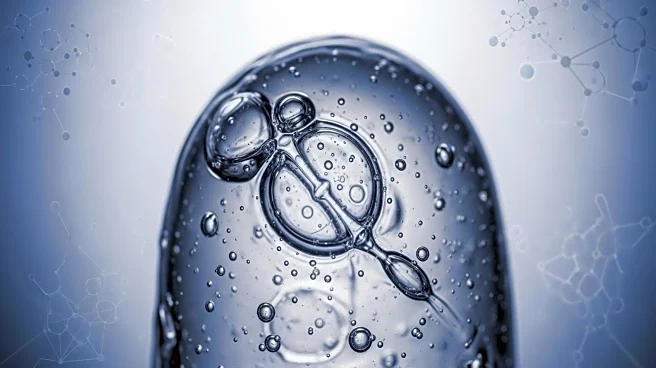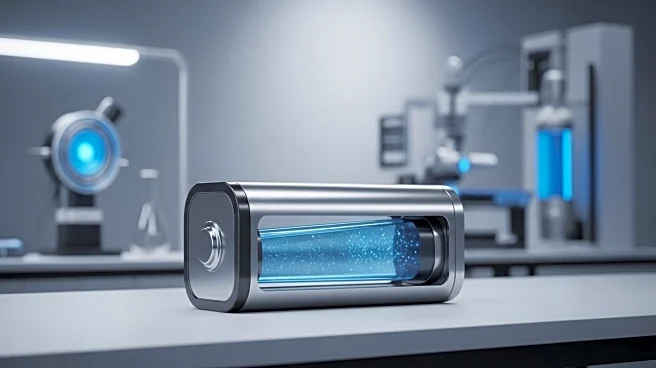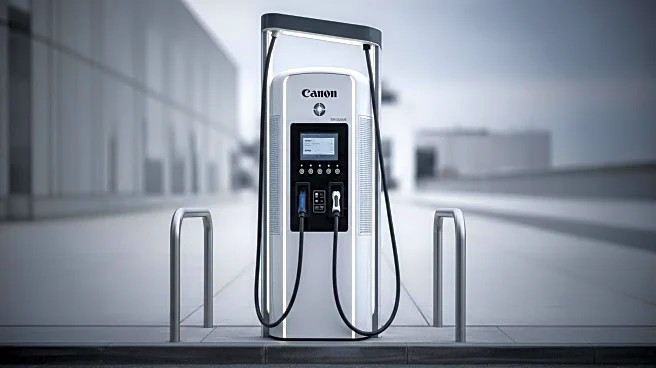What's Happening?
Researchers at Aalto University and the University of Bayreuth have developed a groundbreaking self-healing hydrogel inspired by human skin. This innovative material can repair itself from cuts and scratches, achieving up to 90% restoration in four hours and full recovery within 24 hours. The hydrogel's composition includes ultra-thin clay nanosheets and dense polymer networks, providing both stiffness and flexibility. Unlike traditional hydrogels, this new formulation enhances polymer entanglements through co-planar nanoconfinement, allowing it to reform bonds automatically after damage. The gel's ability to adhere to various substrates opens up potential applications in biomedical implants and soft robotics, as detailed in a study published in Nature Materials.
Why It's Important?
The development of this self-healing hydrogel holds significant implications for the healthcare industry. It is being explored for use as injectable implants in brain disease treatments, serving as tissue support matrices that promote regeneration. In wound care, the gel's biocompatibility and rapid healing capabilities could transform treatments for chronic wounds. The self-healing materials market is projected to grow substantially, driven by applications in energy storage, sensors, and puncture-resistant tires. This innovation could reduce maintenance costs in sectors where material failure is costly, such as automotive and electronics, by providing self-repairing coatings.
What's Next?
As the self-healing hydrogel technology advances, challenges such as scaling production and ensuring long-term stability in diverse environments remain. The automotive and electronics industries are already considering these gels for self-repairing coatings. Ethical and regulatory considerations will need to be addressed, particularly regarding accessibility and environmental impact. Ongoing research and development could see these materials integrated into everyday life, from wearable technology to advanced prosthetics, promising a more resilient future.
Beyond the Headlines
The self-healing hydrogel represents a blend of nature-inspired design and cutting-edge engineering. As the technology matures, it could lead to significant shifts in material science, with potential applications extending beyond healthcare to include construction and infrastructure. The integration of AI-driven designs could further enhance the capabilities of these materials, making them smarter and more efficient.











